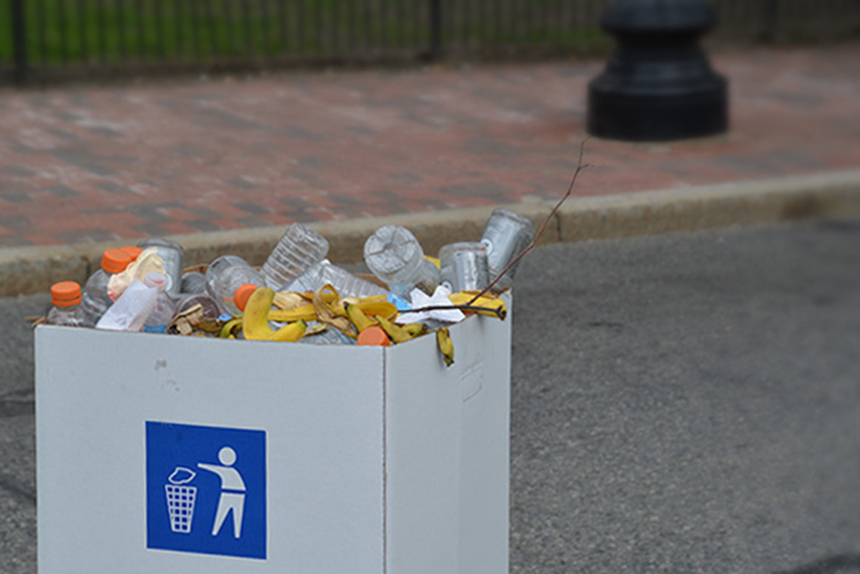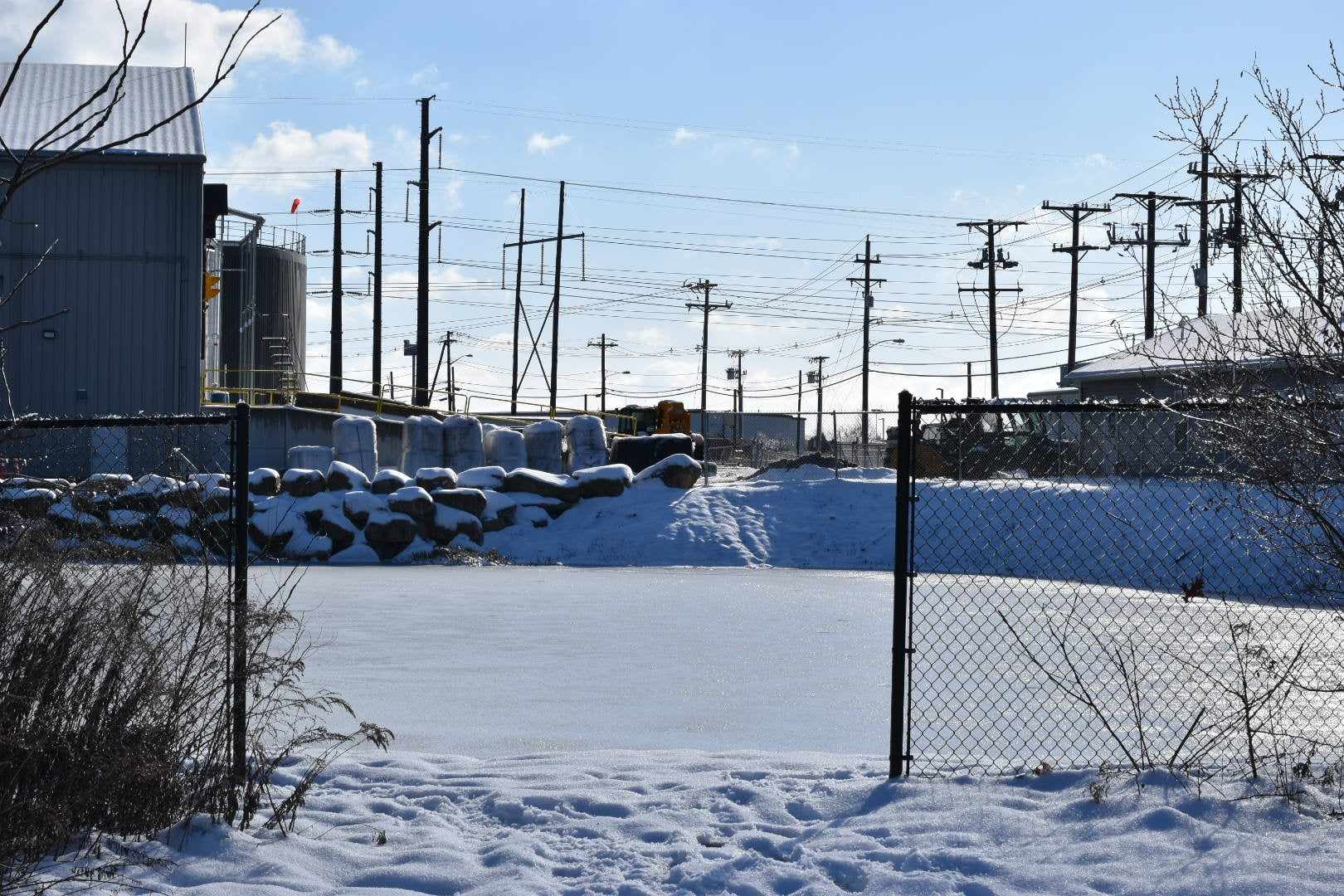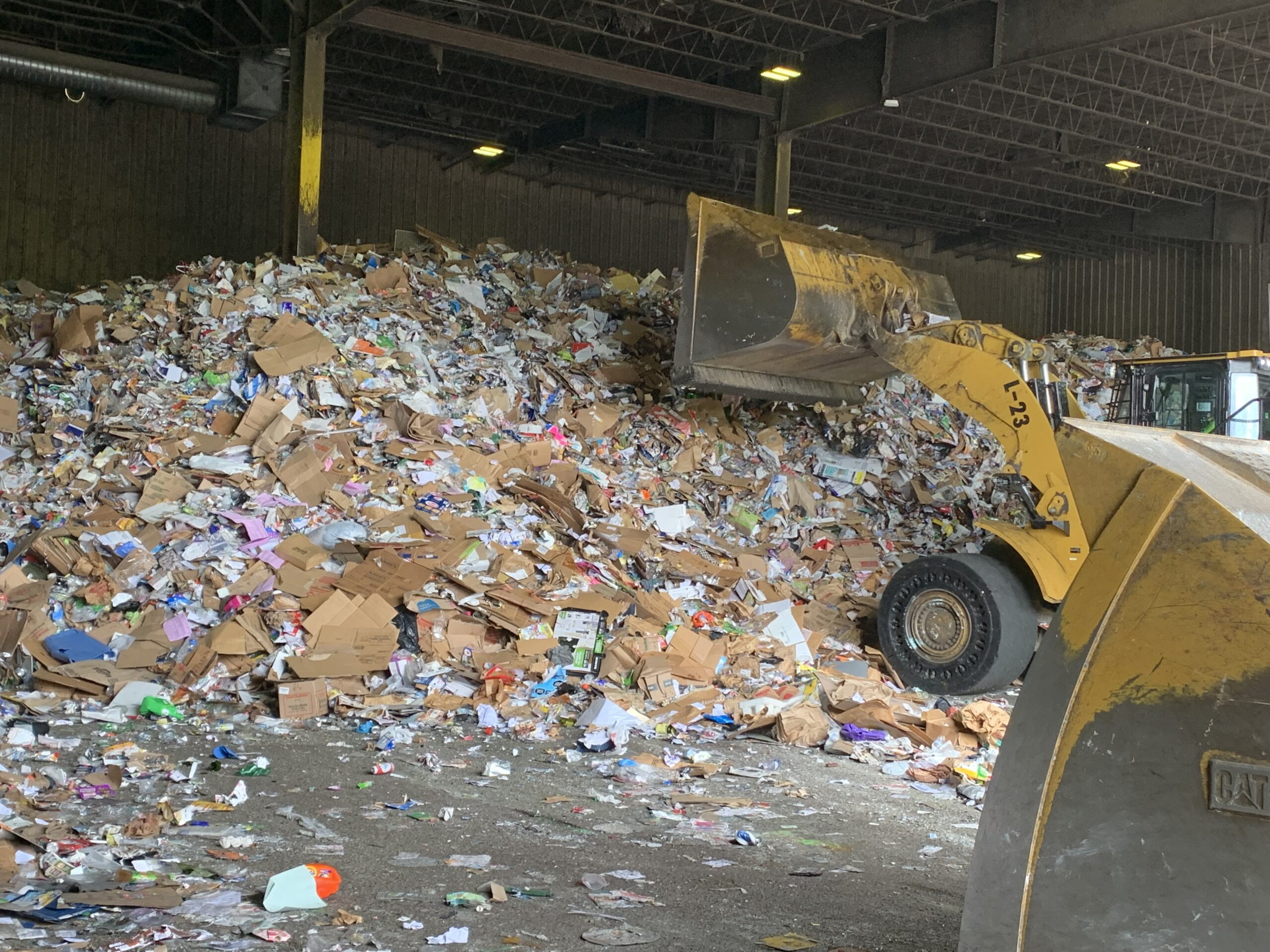Looking Ahead: Rhode Island Waste in 2035
June 3, 2013
JOHNSTON, R.I. — What will Rhode Island’s trash and recycling operations look like 20 years from now? According to Rhode Island Resource Recovery Corporation (RIRRC), which manages the Central Landfill, it will likely mean more recycling, a heavy reliance on composting and maybe even getting out of the trash business all together.
“The whole notion that trash is a resource needs to be in our thinking,” RIRRC executive director Michael OConnell said at a May 29 meeting of the board of commissioners.
The Central Landfill runs out of space in 21 years, according to OConnell. Recycling more plastic and glass and diverting about 200,000 tons of food and other organic material from the landfill annually is the most straightforward approach, he said.
“If we woke up in 2035, we’d like to see organics out of the waste stream,” OConnell said.
An upgrade of the new recycling sorting system at the landfill’s Materials Recycling Facility to process all trash is one solution, he said. Incinerator is not.
OConnell estimated that it would cost about $400 million to build a waste-burning, electricity-generating incinerator in Rhode Island. The debt service would add about $50 to the price of disposing a ton of waste at the landfill. Rhode Island cities and towns currently pay about $32 per ton to deliver waste to RIRRC.
“We have yet to see one that makes any sense at all, that’s why we haven’t been interested,” he said.
Yet incinerators and their demand for trash as fuel for their electricity generators are driving down the cost of waste disposal. Some even take waste for free. Critics of incinerators object to the harmful emissions and the burning of recyclable and compostable materials.
Connecticut and Massachusetts have the highest concentration of incinerators in the United States, with six and seven, respectively. There are 87 incinerators across the country. Connecticut incinerates 65 percent of its waste; Massachusetts burns 34 percent.
The closest incinerator is 35 miles from Providence, in Millbury, Mass. An incinerator hasn’t been built in the United States in 18 years.
One futuristic solution turns trash into fuel pellets. (See an interesting video here.) The process involves removing recyclables from trash and turning the remaining solid waste into combustible pellets. The pellets can replace coal at utility plants and other electricity-hungry plants such as cement manufacturers. Waste Management runs a test facility in San Antonio, Texas. Several municipalities across the country are considering the idea.
“I think that’s very viable,” OConnell said.
Board of commissioners member Sheila Dormody, who serves as director of sustainability for the city of Providence, said RIRRC’s waste-reduction goals are much less ambitious than other cities and states, which are aiming for near zero-waste disposal.
OConnell replied that overhauling the recycling facility to take trash, a facility referred to as a “dirty Murf,” could achieve greater waste reduction goals. But, he said, the technology isn’t here yet for a truly integrated single-stream waste program.
Other trash-reduction options include expanded recycling, the expansion of producer responsibility programs for items such as mattresses and carpeting, and larger recycling collection carts. OConnell said shipping trash out of state and making RIRRC an enlarged recycling facility with municipal partnerships should be considered.
Overall, the volume of trash is down 20 percent at the Central Landfill, according to OConnell, as it is across the country from a peak in 2008. RIRRC annual revenues are also down from $67 million in 2007 to a projected $44 million this year. OConnell said the RIRRC has adjusted to the lower revenues through cost cutting and staff reductions.
As the landfill nears capacity, it will close Phase V of the trash heap and begin building up Phase VI in 2014. Phase V will be capped after taking in some 7.2 million tons of trash.
“We need to control our destiny here,” OConnell said.
The state’s updated solid waste plan is expected to be completed in 2015.
Categories
Join the Discussion
View CommentsRecent Comments
Leave a Reply
Your support keeps our reporters on the environmental beat.
Reader support is at the core of our nonprofit news model. Together, we can keep the environment in the headlines.
We use cookies to improve your experience and deliver personalized content. View Cookie Settings




One obvious opportunity, at least here on the East Side (and, I assume, anywhere with rapid turnover of tenants, such as college areas): a better way for people to dispose of used furniture, mattresses, etc. Some of it is in usable condition; much of it is not (at least not without repairs), and one night out in the rain waiting for pick-up ruins even more. The informal craigslist + people driving around curb-shopping recycles some. But a lot must end up in the landfill. This looks to me like an opportunity for Habitat for Humanity or some other non-profit to collect stuff, sell what's usable, and perhaps put people to work dismantling the rest so many of the components can be reused or recycled. A repair shop could also restore much of the stuff to usable condition, not high-end but serviceable, and train people to do the type of repair and reupholstery work that used to be much easier to find.
The city I used to live in charged $25 per item for picking up large items. That has some downsides (mostly people dumping stuff down the riverbank instead) but also provided incentives to come up with alternatives. At Harvard a student club collects stuff at the end of the year, stores it, and resells it to incoming students the next fall with proceeds to Habitat. Seems like Providence has enough creative thinkers to come up with something on this, that would save the city money and reclaim a lot of items.
Two things that don't make sense:
1) Incinerate Trash = Bad, but Process Trash into Pellets (requires energy), then ship them somewhere else (requires energy) = Good? I don't follow?
2) If it'd cost RIRRC $400 million to build a incinerator, and add $50/ton to the waste stream, but a commercial plant would be built using private funds and take trash for free. That's not an argument against incineration. It's an argument against letting RIRRC anywhere near our money!